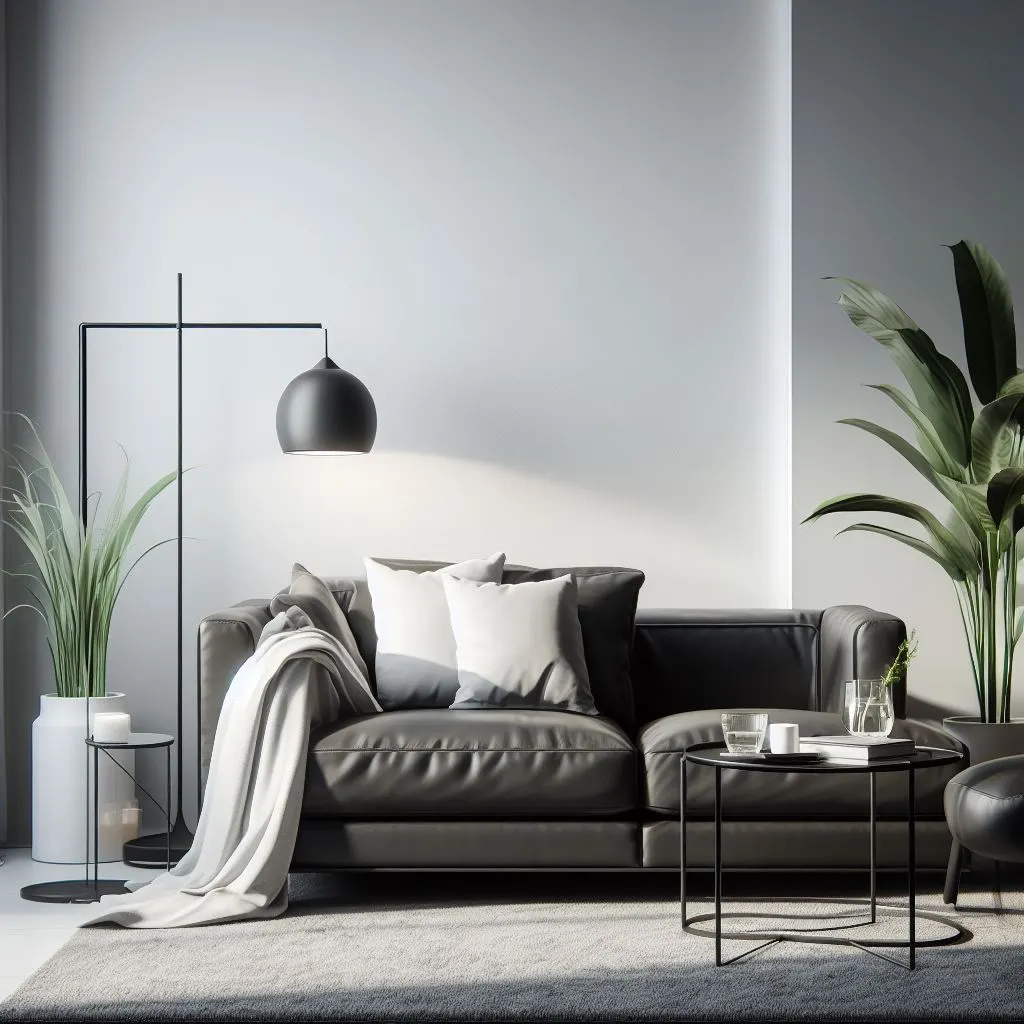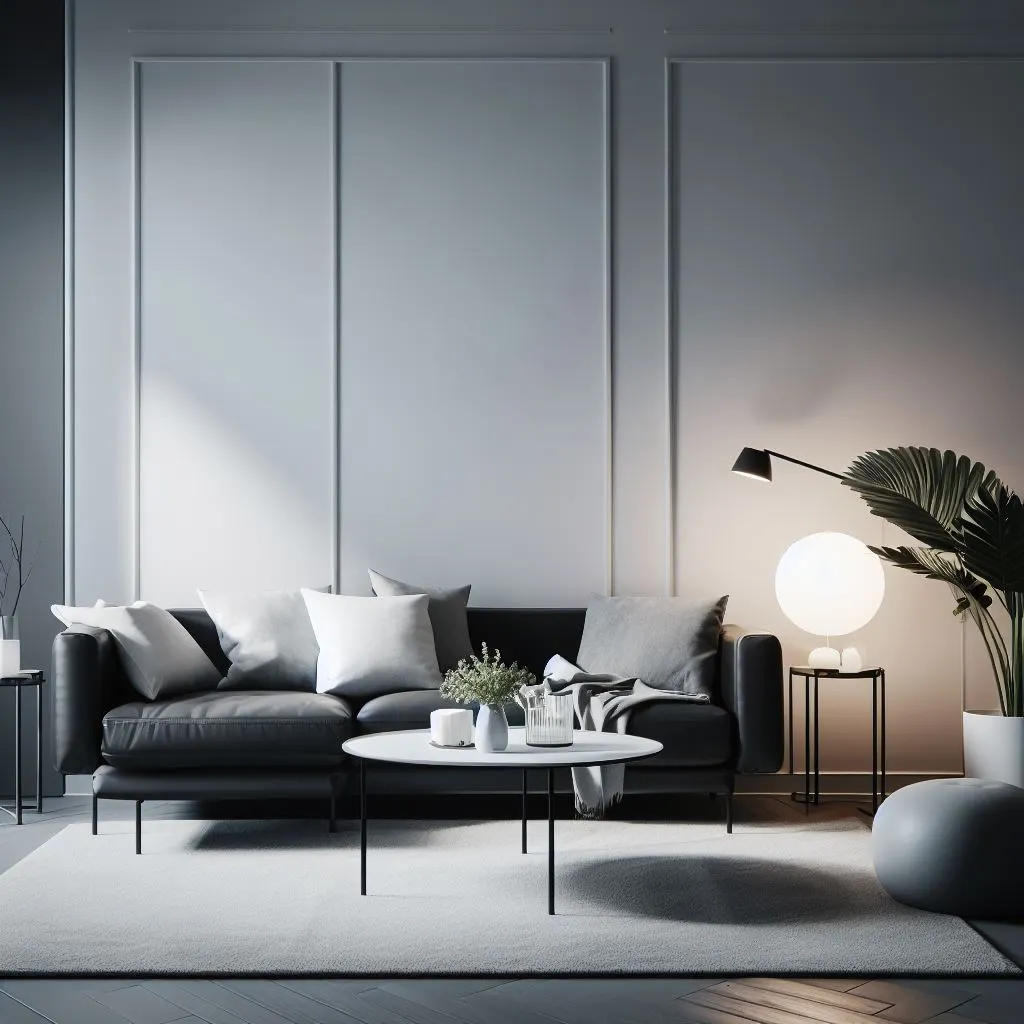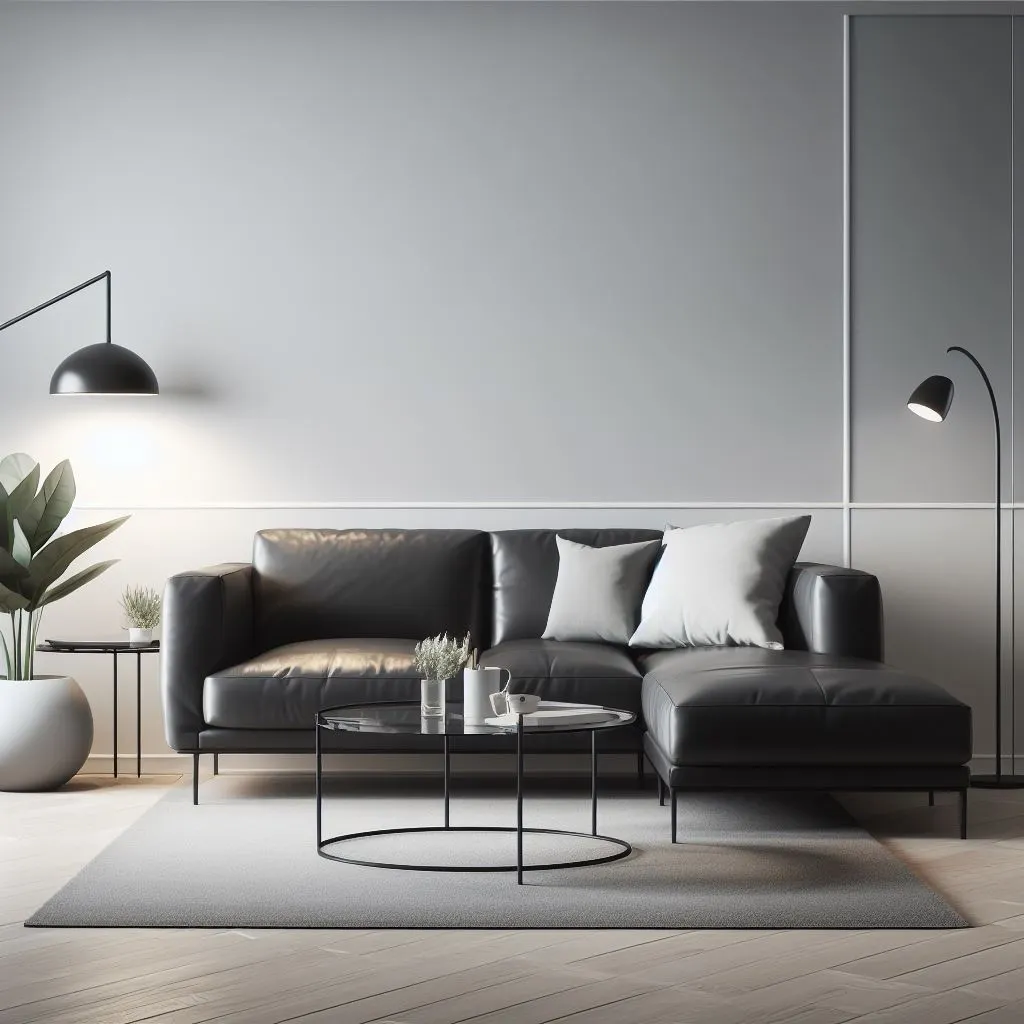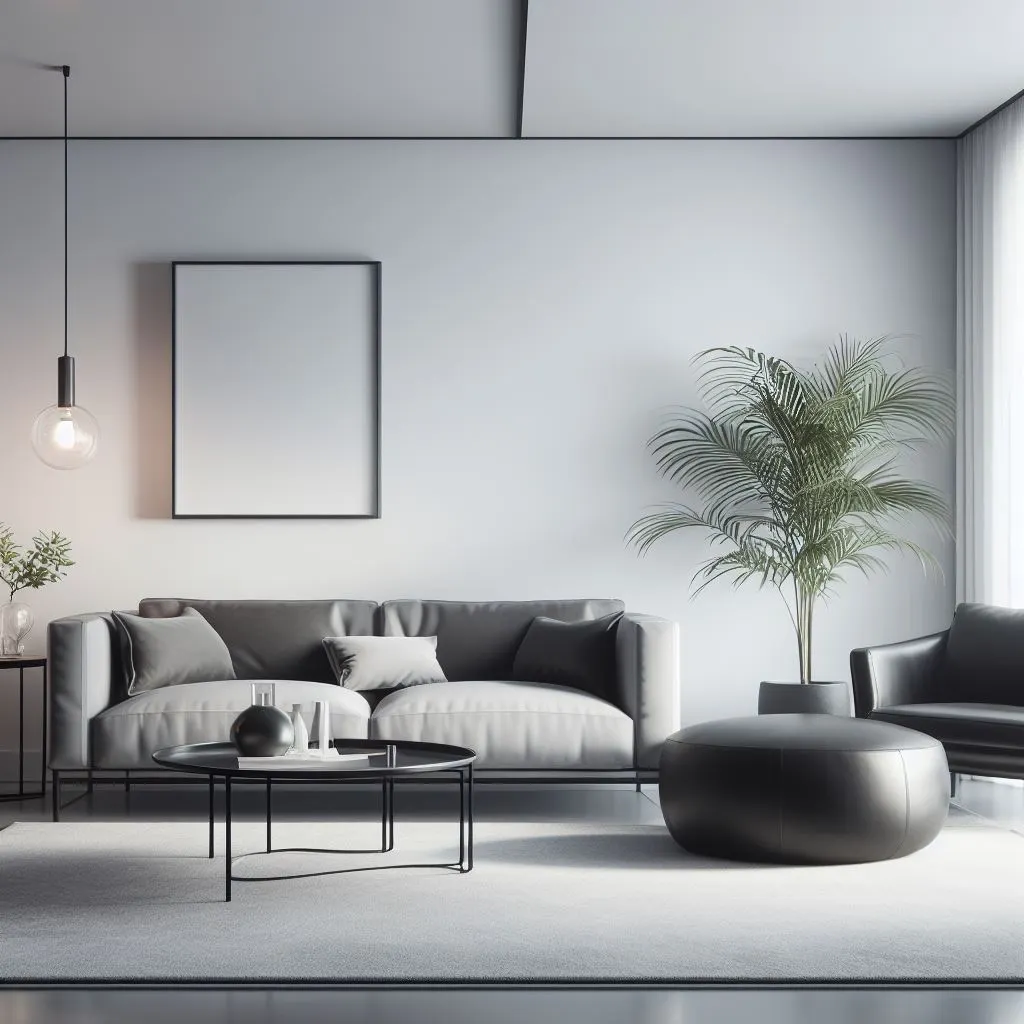Introduction to Lumens
Lumens are a measure of the amount of light that is emitted from a light source. It measures how much light is released into a room and how bright the lighting will be. The more lumens, the brighter the lights will be.
When shopping for lights, you may see lumens indicated on the packaging. This number will tell you how bright the lights will be once installed. Knowing approximately how many lumens you need to get the perfect lighting for your space is essential.
This guide will determine how many lumens you need to achieve your home’s best look and feel. Read on to learn more about lumens and the considerations to consider when selecting your ideal lighting.
How Many Lumens Do I Need?
The amount of lumens you need is determined by several factors, including the size of the room and its layout, furniture, the type of lighting system desired, and the type of bulb used.
This guide will explore all the considerations for determining the lumen output required for your specific needs.
When figuring out how many lumens you need, it is essential to consider the following:
- Room size and layout
- Type of lighting system desired (e.g., track lighting, ambient lighting, etc.)
- Furniture in the room
- Type of bulb being used
- The color temperature of the bulb
It is also essential to consider safety considerations, such as wattage usage and the potential dangers of using too bright lighting.
Item-Specific Lumen Calculations
When deciding how many lumens are needed for a room, it’s essential to factor in what type of items will use light. This includes lighting fixtures or lamps that may be in the room. Calculating the total lumen output for these items is relatively simple.
The first step is identifying the things that need to be accounted for. This could be anything from a standard lamp or light fixture to wall sconces or track lighting. Once all of the items have been identified, the next step is to determine the number of bulbs each item uses and the type of bulb being used.
Different bulbs, such as LED or incandescent, will have different lumen outputs. Once the number of bulbs and type of bulb is known, the total lumen output for the item can be calculated simply by multiplying the bulbs’ number by the bulb’s lumen output.
For example, if you have an LED lamp with two bulbs, each bulb having a lumen output of 750, then the total lumen output of the light would be 1500 (2 x 750).
Once the total lumen output for all the items has been calculated, the next step is to add them up to get the total lumen output for the room. It’s essential to ensure that the full lumen output is sufficient for the size and layout of the room.
Recommended Values for Lumen Output
When lighting a room, knowing how many lumens you will need to get the right look and feel is essential. The lumen output required depends on the size of the room, the type of lighting setup desired, and the furniture present.
For example, a larger space may need more lumens than a smaller one. Additionally, a room with lots of furniture may require additional lighting, increasing the lumen output needed.
For a general rule of thumb, it is recommended to have an average of 20 lumens per square foot of the room. This number can vary significantly based on the individual needs of your space.
For example, if you are looking for cozy and ambient lighting, you might need higher lumen values than a brighter, modern look.
- For a room that is 12 x 20 feet in size, you will need about 480 lumens.
- You will likely aim for 300-400 lumens for optimum lighting for a bedroom.
- If you work in a kitchen, you will need brighter light and consider 1000-1600 lumens.
It is also essential to remember that the higher the lumen value, the brighter the light will be. Consider safety tips and appropriate wattage usage to minimize potential damage if dealing with bright lights.
Ambient Lighting Considerations
When planning out the lighting for a room, it is essential to consider the mood and atmosphere you are trying to create. The type of lighting you use can significantly impact how a room feels, from a bright and vibrant atmosphere to a cozy and inviting one.
Therefore, when calculating the number of lumens you need, it is crucial to consider the lighting you desire and the room size.
Consider what kind of light source you want to use to create an ambient atmosphere. For example, recessed or accent lighting may create a softer atmosphere, with light pointing upwards or downwards rather than directly at the walls and other surfaces. This type of lighting can give off a gentle glow that will fill the room while not overly bright.
It is also essential to factor in furniture placement. A softer light may be necessary to avoid creating too much glare or shadows if a room is more cluttered with furniture.
Finally, choosing a bulb type with a lower wattage but higher lumen output may be beneficial to produce the desired light without too much energy usage.
Bathroom Lighting Considerations
Bathrooms usually require more light than other parts of the house due to the time spent in the bathroom. Ensuring that your bathroom lighting is functional and aesthetically pleasing is essential.
The amount of lumen output you need for your bathroom largely depends on the size of the room, the lighting fixtures used, and the bulbs used.
You will need brighter lighting for tasks such as applying makeup or shaving, while ambient lighting can be used to create a relaxing atmosphere.
While bathrooms are typically small, you should consider the total lumen output needed for the entire space. If you are using multiple lights, add the lumen ratings of each light fixture to get the total.
For a typical bathroom size of 5 feet by 8 feet, you should look for a light fixture that provides 1000-1500 lumens.
You may also need additional lighting in the vanity area if it is away from the primary overhead light. LED bulbs are often recommended for bathrooms since they provide better lighting with less power usage.
It can be helpful to consider the light bulb’s color temperature and how it will impact the room’s atmosphere. A warmer color temperature (2500-3000K) is best for a cozy and relaxing atmosphere, while a cooler temperature (4000+K) is better for activities such as applying makeup. It would help if you also considered any safety considerations related to the wattage of the bulbs.
Track Lighting Calculations
Calculating the total lumen output for track lighting can be tricky if you want an accurate result. To do this, consider the number of fixtures used and each wattage rating. Here’s how it works:
First, calculate the wattage used by each fixture by multiplying the wattage of each bulb in the institution by the number of bulbs in that fixture. For example, if a single fixture contains six 25-watt bulbs, the wattage used by the fixture is 150 watts.
Once you have the wattage for each fixture, you can calculate the total lumen output by multiplying the wattage of each institution by its lumen-per-watt rating. Most bulbs have a lumen-per-watt rating somewhere between 15 and 100. Here’s an example:
- Fixture 1 has six 25-watt bulbs and a lumen-per-watt rating of 40. Therefore, it will produce a total lumen output of 6 x 25 x 40 = 6000 lumens.
- Fixture 2 has four 32-watt bulbs and a lumen-per-watt rating of 50. Therefore, it will produce a total lumen output of 4 x 32 x 50 = 6400 lumens.
Once you’ve calculated the lumen output for each fixture, add them together to get the total lumen output for the entire track lighting setup. In this example, it would be 6000 + 6400 = 12400 lumens.
Determining Lumen Output From Bulbs
Choosing the proper lighting for a space involves understanding the lumen output of bulbs and the type of bulb you select. Lumens measure the light a bulb emits, an essential factor to consider when choosing the proper lighting.
LED lights are becoming increasingly popular, as they are energy-efficient and long-lasting. They also offer a range of different colors of light, which can be used to create atmosphere and ambiance. LED bulbs usually produce 400-800 lumens, with wattages ranging from 8-60.
Incandescent bulbs are more common and have been used for many years. These bulbs have low lumen output but provide warm, inviting light. Incandescent bulbs usually produce up to 900-1000 lumens, ranging from 15-100 wattage.
It’s essential to consider the size and layout of your space when selecting the correct light bulb. For smaller rooms or areas with little natural light, it’s necessary to use bulbs with higher lumen output for maximum brightness. For larger spaces that require a softer light, bulbs with lower lumen output may be more suitable.
Bulb Color Temperature Considerations
When considering the lumens needed for a space, it is essential to understand how bulb color temperature can impact the look and feel of the lighting. Color temperature is measured in Kelvin (K). The lower the Kelvin rating, the warmer the light.
A warm light will have a “yellowish-red” hue and is better suited for areas that need a softer, more inviting atmosphere. A higher Kelvin rating produces a cooler, “bluish-white” light ideal for workplaces or other task-oriented environments.
The appearance of light also determines the impact it will have on a room. Colors may appear more vibrant on a fantastic morning, while warmer lights create a calming atmosphere.
When selecting bulbs, always consider how the lighting will make you feel. How many lumens do you need for the perfect lighting in your space? That number varies based on the color temperature you choose.
Safety Tips for Use of High Lumen Lights
When using lights with high-lumen outputs, it’s important to remember safety first. High-lumen lights can come with increased wattage, leading to the potential for fires or electric shock if not used correctly. Here are some essential safety tips to keep in mind when using high-lumen lights:
- Always use the wattage indicated by the manufacturer for the bulb.
- Avoid using too many bulbs in one fixture, which could overload the electrical circuits.
- Inspect lighting fixtures regularly to ensure they do not show signs of shock or extreme heat.
- Avoid shining bright lights directly into your eyes.
- Be aware of any safety regulations related to using high-lumen lights in your area.
By following these safety tips, you can ensure the safe and effective use of high-lumen lights in your home or workspace.
Shopping Advice
When shopping for the proper lighting, you must consider your budget, desired style, and the amount of lumens you need. Depending on the type of lighting, there are a few key places that will offer good deals for a variety of products.
Home improvement stores such as Home Depot and Lowes typically have good deals on new lighting fixtures for modern track lighting. Online retailers like Amazon may also offer great discounts for package deals or bulk orders. It’s worth looking around to see what’s on offer.
For around, better deals on websites such as Etsy. Here, for antique-style lighting that calls for incandescent bulbs, you can sort by seller ratings and customer reviews to ensure you get quality products at an affordable price point.
No matter where you shop, read product descriptions thoroughly so you know exactly what is included in the purchase. Remember to compare prices between different vendors to ensure you get the best deal.
FAQs on Lumen Calculations
How do I determine the number of lumens I need?
The number of lumens you need to light up a room depends on room size, layout, furniture, lighting fixtures, and desired setup. You can calculate the total lumen output needed by considering specified items or referring to suggested values based on room size.
What are some tips for calculating the lumen output needed for track lighting?
When installing track lighting, add the wattage of all 10-20 watt bulbs to get the number of lumens and adjust accordingly for wattage with the higher range of 20-40 watts available. Then, divide the lumens by the number of lights to get the lumen output per track light.
What is the lumen output of LED bulbs?
LED bulbs typically offer a lumen output of around 800-900 and consume 60-80 watts in most cases.
What is the importance of color temperature when selecting light bulbs?
The color temperature of a light bulb refers to the type of light it emits (warm or cool), which can impact the look and feel of a room. In general, warm light (2700K – 3000K) creates a cozy atmosphere, while cool light (3000K – 6500K) is brighter and works well for reading and task lighting.
What are some safety tips associated with using high-lumen lights?
Always ensure you know your lighting’s wattage and keep it below the recommended value when using high-lumen lights. Never exceed this value when installing lighting; doing so can result in overload, overheating, and potential burning hazards. If you have any safety concerns, contact a professional for advice.
Where can I find the proper lighting and look for good deals?
Many online retailers offer different types of lighting and often feature special deals. You can also visit a local home improvement store or lighting store to find your needs. Be sure to read customer reviews and compare prices before making a purchase.
Can I use ambient lighting to light up a room for a cozy atmosphere?
Ambient lighting is an excellent way to create a cozy atmosphere in any room. You should consider the size of the room, the type of lighting setup desired, and furniture when calculating the lumen output needed for ambient lighting.
Conclusion: Lumens and You
This guide covers the importance of considering how many lumens you need for your home or office. The number of lumens you require will depend on various factors, such as the size and layout of the room, the type of lighting setup you desire, and the furniture in the room.
We’ve also discussed considerations for particular types of lighting, such as bathrooms or track lighting. Additionally, we’ve highlighted the importance of understanding the lumen output of different bulbs and color temperatures to achieve your desired lighting environment.
Now that you’re armed with the knowledge of lumens and how to calculate them, you can shop for the best lighting for your needs.
Remember to keep safety in mind; ensure you’re using the appropriate wattages for your setup and not overwhelming the room with too much light. With the right amount of lumens, your home or office will be more inviting and offer a comfortable atmosphere for everyone!






6 thoughts on “A Guide: How Many Lumens Do I Need?””